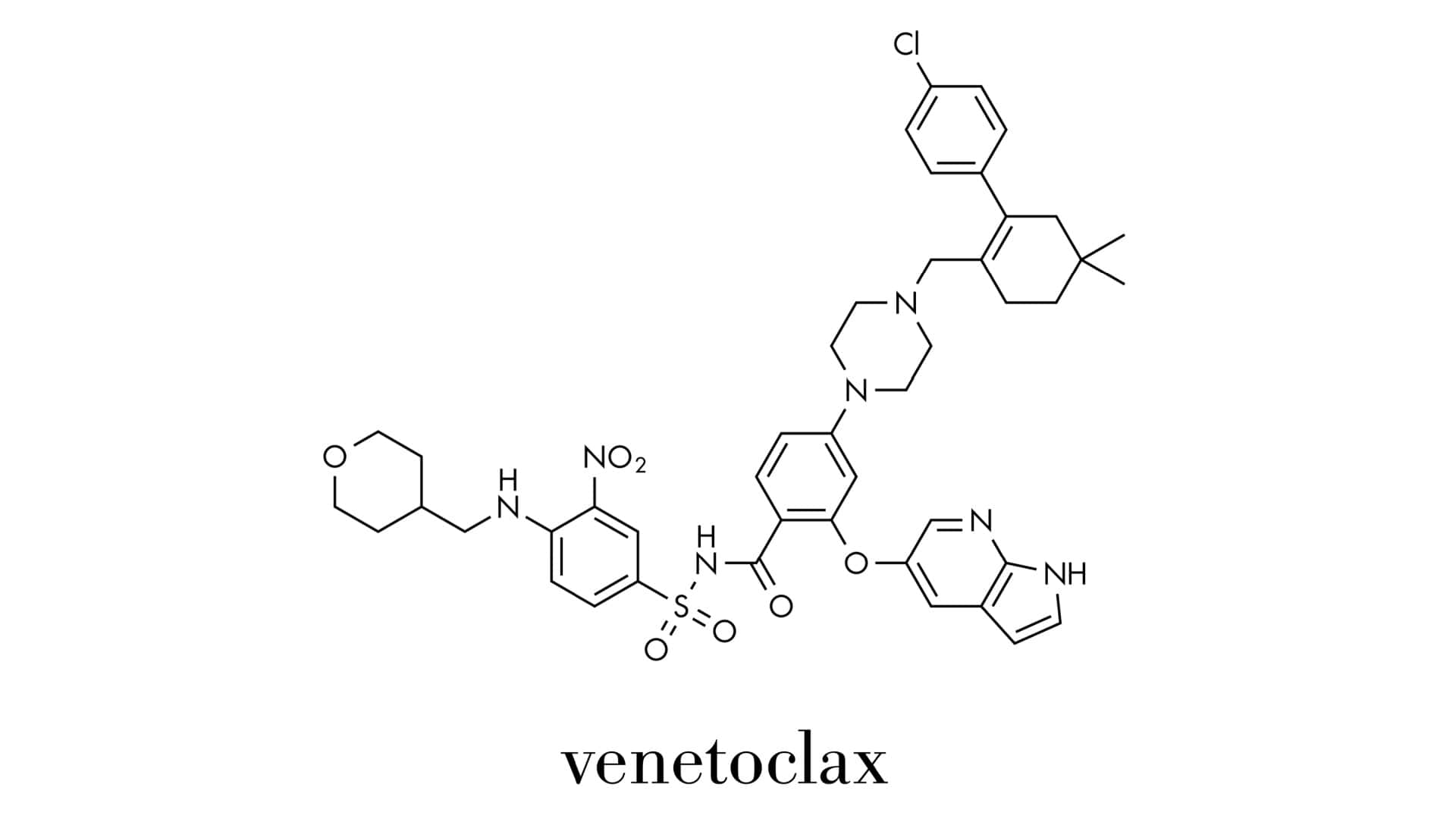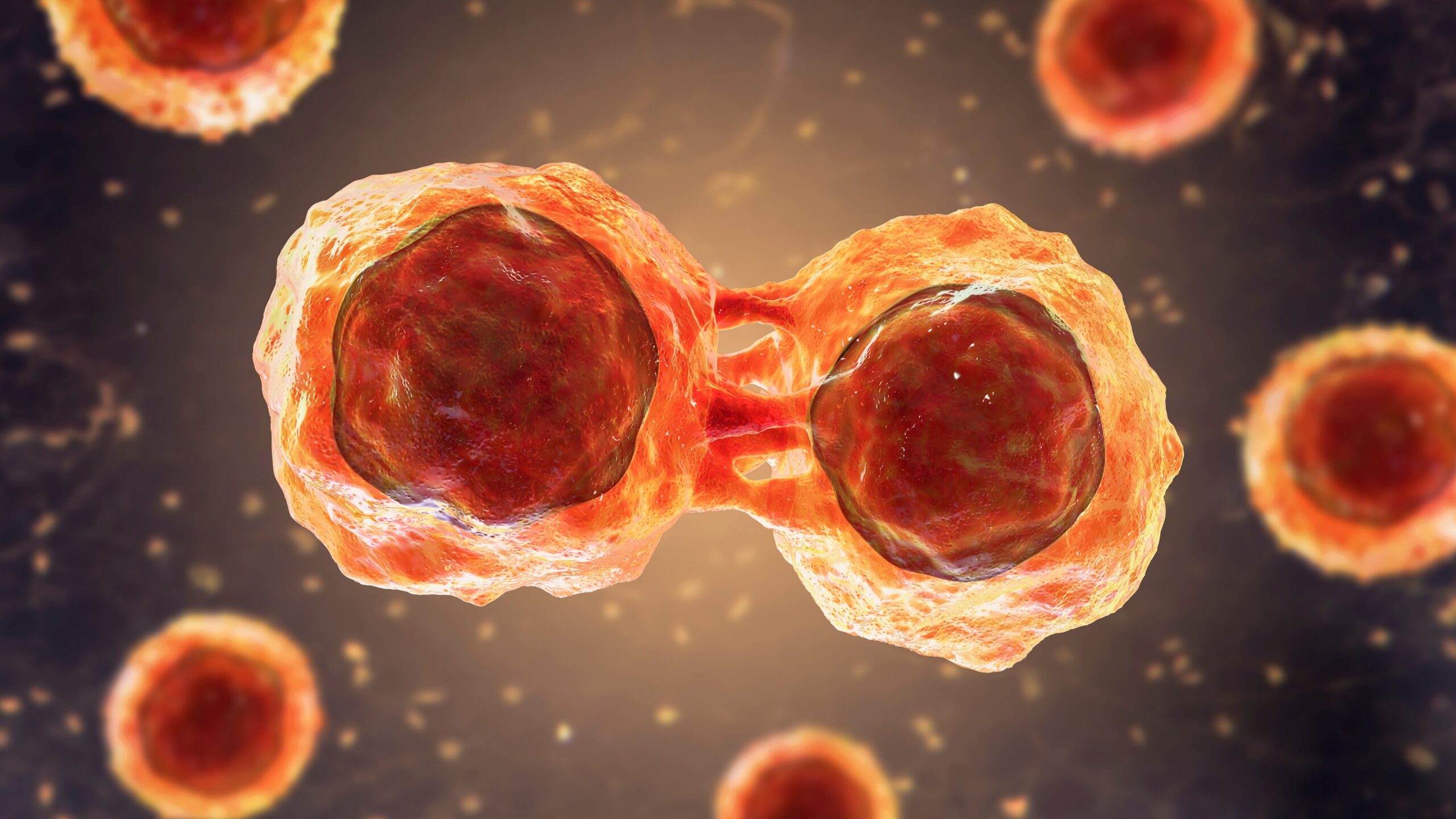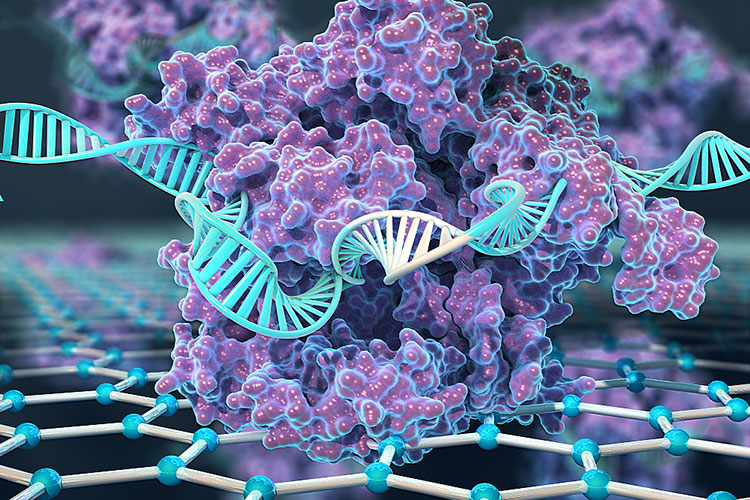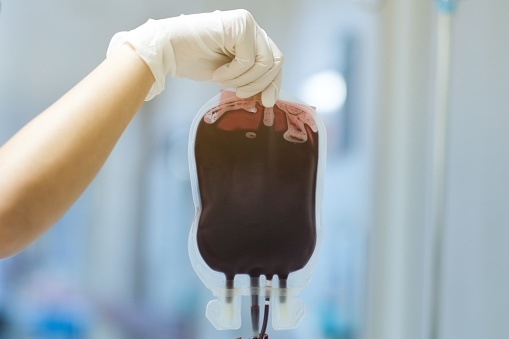
A phase II trial evaluated venetoclax plus cladribine, idarubicin, and cytarabine as first-line induction therapy for acute myeloid leukemia (AML) and high-risk myelodysplastic syndrome (MDS). The findings were presented at the 66th American Society of Hematology Annual Meeting & Exposition in San Diego, California.
Lead author Ian Bouligny, MD, of the University of Texas MD Anderson Cancer Center, Houston, wrote that the combination is “a highly effective regimen, producing deep and durable remissions in patients with newly diagnosed AML.”
The study cohort included 95 patients aged 65 years or younger with a new diagnosis of disease; 90% had AML, 7% had high-risk MDS, and 3% had mixed phenotype acute leukemia. The median age at diagnosis was 49 years among patients with AML and 46 years among patients with MDS. The most common mutation in the total cohort was in NPM1 at 31%.
Patients received cladribine 5 mg/m2 and cytarabine 1 to 1.5 mg/m2 on cycle days 1 through 5, idarubicin 8 to 10 mg/m2 on days 1 through 3, and venetoclax 400 mg on days 2 through 8. The total cohort received a median of two cycles of therapy.
The cohort had a median follow-up of 2.5 years, and the overall response rate (ORR) was 95%. Eighty-four percent of the cohort achieved complete response (CR), and 8% achieved CR with incomplete hematologic recovery.
The ORR for patients with AML classified as favorable, intermediate, and adverse risk was 100%, 97%, and 89%, respectively. Among patients with AML who achieved a composite CR in the study, 82% achieved measurable residual disease–negative CR as determined by multiparameter flow cytometry. One patient with AML had a partial response. One patient with MDS had hematologic improvement.
Median overall survival (OS) was not reached in the study. For patients with AML, the calculated probability of OS was 85% at one year, 73% at two years, and 71% at four years, and relapse-free survival (RFS) was 78% at one year and 75% at two years. Patients with MDS had a 100% probability of OS at one and two years, and an RFS of 86% at one and two years.
“High complete response rates and low early mortality rates facilitate the majority of patients to allogeneic [stem cell transplant (SCT)]. Low relapse rates following SCT translate to an estimated overall survival of 71% at 4 years in patients with newly diagnosed AML,” Dr. Bouligny elaborated.
Among patients with AML in the study, all experienced grade 3 or higher anemia, leukopenia, neutropenia, and thrombocytopenia. There also occurred grade 3 or higher bacteremia in 28% of these patients, pneumonia in 22%, and colitis in 14%. There was also grade 3 or higher alanine transaminase elevation in 19% of these patients, aspartate aminotransferase elevation in 7%, and bilirubin elevation in 7%.
The 30- and 60-day mortality rate for the total cohort was 1% and 2%, respectively.
Reference
Bouligny IM, Kantarjian HM, Yilmaz M, et al. A phase II trial of venetoclax in combination with cladribine, idarubicin, and cytarabine in newly diagnosed acute myeloid leukemia and high-risk myelodysplastic syndrome. Abstract #734. Presented at the 66th American Society of Hematology Annual Meeting and Exposition; December 7-10, 2024; San Diego, California.







 © 2025 Mashup Media, LLC, a Formedics Property. All Rights Reserved.
© 2025 Mashup Media, LLC, a Formedics Property. All Rights Reserved.